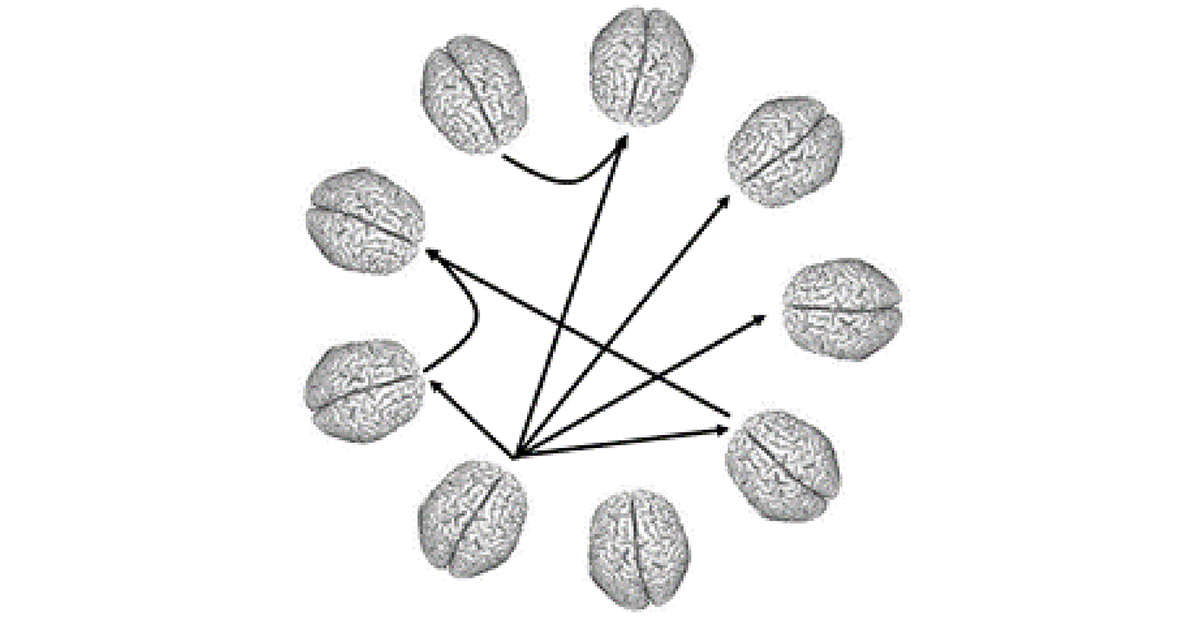Applications of Functional Near-Infrared Spectroscopy (fNIRS) in Cognitive Neuroscience, Social Neuroscience, Neuromanagement, and Neuroengineering
A special issue of Brain Sciences (ISSN 2076-3425). This special issue belongs to the section "Neurotechnology and Neuroimaging".
Deadline for manuscript submissions: closed (30 September 2023) | Viewed by 28875

Special Issue Editors
Interests: fNIRS; TMS; brain–computer interface; transcranial brain atlas; resting-state connectivity
2. School of Management, Zhejiang University, Hangzhou 310058, China
Interests: neuromanagement; neuromarketing; social neuroscience; group decision making and collaboration; neuroaesthetics; neuroengineering
Special Issue Information
Dear Colleagues,
Over the last three decades, functional near-infrared spectroscopy (fNIRS) has greatly promoted our understanding of human brain, especially in special samples and in special contexts. Up to ten years ago, fNIRS was normally used to examine basic cognitive functions such as working memory, executive function, linguistic processing, and motor imagery, while in the last decade, with the development of techniques of hyperscanning and neurofeedback, fNIRS has attracted increasing attention in the research fields of social interaction, education and learning, child development, ergonomics, brain–computer interface, rehabilitation, and neural engineering.
Following this historical development of the fNIRS literature, fNIRS has largely improved the ecological validity of traditional cognitive neuroscience research and is thus promoting connections between basic cognitive neuroscience research and daily-life scenarios. In the next decade, fNIRS will continue to play a significant role in interdisciplinary research connecting cognitive neuroscience and other engineering, social, medical, and even design sciences.
In this Special Issue, therefore, we invite empirical and review research addressing (but not limited to) the following topics using fNIRS:
1) Social neuroscience
2) Neuromanagement
3) Neuromarketing
4) Educational neuroscience
5) Developmental neuroscience
6) Neuroaesthetics
7) Neuroergonomics
8) Neurorehabilitation
9) Neuroengineering
10) Brain–computer interface
Prof. Dr. Chaozhe Zhu
Dr. Tao Liu
Guest Editors
Manuscript Submission Information
Manuscripts should be submitted online at www.mdpi.com by registering and logging in to this website. Once you are registered, click here to go to the submission form. Manuscripts can be submitted until the deadline. All submissions that pass pre-check are peer-reviewed. Accepted papers will be published continuously in the journal (as soon as accepted) and will be listed together on the special issue website. Research articles, review articles as well as short communications are invited. For planned papers, a title and short abstract (about 100 words) can be sent to the Editorial Office for announcement on this website.
Submitted manuscripts should not have been published previously, nor be under consideration for publication elsewhere (except conference proceedings papers). All manuscripts are thoroughly refereed through a single-blind peer-review process. A guide for authors and other relevant information for submission of manuscripts is available on the Instructions for Authors page. Brain Sciences is an international peer-reviewed open access monthly journal published by MDPI.
Please visit the Instructions for Authors page before submitting a manuscript. The Article Processing Charge (APC) for publication in this open access journal is 2200 CHF (Swiss Francs). Submitted papers should be well formatted and use good English. Authors may use MDPI's English editing service prior to publication or during author revisions.
Keywords
- fNIRS
- social neuroscience
- neuromanagement
- neuromarketing
- educational neuroscience
- developmental neuroscience
- neuroaesthetics
- neuroergonomics
- neurorehabilitation
- neuroengineering
Benefits of Publishing in a Special Issue
- Ease of navigation: Grouping papers by topic helps scholars navigate broad scope journals more efficiently.
- Greater discoverability: Special Issues support the reach and impact of scientific research. Articles in Special Issues are more discoverable and cited more frequently.
- Expansion of research network: Special Issues facilitate connections among authors, fostering scientific collaborations.
- External promotion: Articles in Special Issues are often promoted through the journal's social media, increasing their visibility.
- e-Book format: Special Issues with more than 10 articles can be published as dedicated e-books, ensuring wide and rapid dissemination.
Further information on MDPI's Special Issue polices can be found here.







